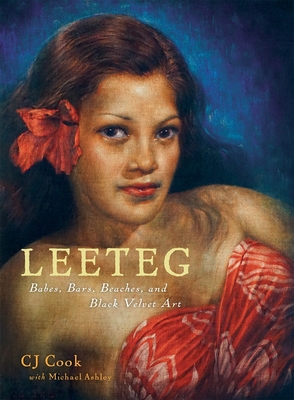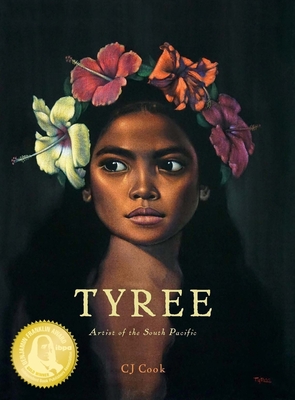Author of the Week: C.J. Cook
CJ Cook is an author and historian, who has a long interest in the history of South Pacific. He has written many articles including publishing biographical sketches on historical figures.
Cook is a lifelong autograph and manuscript collector who has special interest in art, poetry, and the South Pacific. He is a board member of a prominent manuscript association, dedicated to preserving manuscripts, historical documents and the written word.
He also is a collector of art and artists of the South Pacific including Ralph Burke Tyree, Edgar Leeteg, Edithe Beutler, Madge Tennent, Cece Rodriguez, and William Bloom. Some of the pieces illustrated in this biography are from the author’s collection.
He has and continues to explore the South Pacific including: Guam, Pohnpei, Truk, Palau, Bali, Tahiti and its surrounding islands, New Zealand, Australia and its Great Barrier Reef, Taiwan, and the Hawaiian Islands. The latter paradise he visits multiple times a year.
Throughout his life, shrewd promoter and creative genius Edgar Leeteg possessed many titles, astounding fans and antagonizing critics. Considered the “American Gauguin,” the rakish ladies’ man originated the modern technique of oil painting on black velvet. Once memorialized by James Michener as an original rascal in paradise, he redefined artistic success by pioneering a form of painting in the South Pacific that would forever change the world.
This is a biography of the artist Leeteg, who left California in 1933, with a few paint brushes and oils, bound for the South Pacific. He started the black velvet painting craze linked to South Pacific-themed restaurants. His home in Tahiti allowed him to paint nudes, drink, and party with sensual vahines from the beaches to the bars of Tahiti (Captain Louis Bougainville’s birthplace of the Venus, goddess of love).
Leeteg described himself as a “fornicating, gin-soaked, dope head” and all the artists and writers of the South Pacific knew of him. He took on the elite of the art establishment of Honolulu Academy of Arts in 1938 and shamed them in the press. He painted murals in fine establishments in Honolulu and in Tahiti and sheltered himself and his family on the neighboring island of Moorea. However, his self-promotional newspaper “letters to the editor” and drinking bouts in the bars of Papeete, especially Quinn’s Tahitian Hut, made him a most famous scoundrel in the South Seas. He was a wealthy artist and legend in his lifetime, a goal few can achieve. Tourists visiting Tahiti would seek him out for his generosity of wine, women, and song on his Shangri-la-like estate called Villa Velour on his quiet isle. He was the father of black velvet art and the genesis of a genre continuing today with the tiki and Polynesian pop art movement, nearly 70 years later.
Instead of viewing Leeteg as a relic of some unenlightened period, we should ask ourselves, what can this genius teach us about what it means to create and fearlessly love? When we look back at Leeteg, we encounter our own reflection, forcing us to reckon with our existence. When this occurs, a question leaps to us: Did we live as much as we could?
When it comes to Leeteg, we know the answer.
Virtual Event
United States


